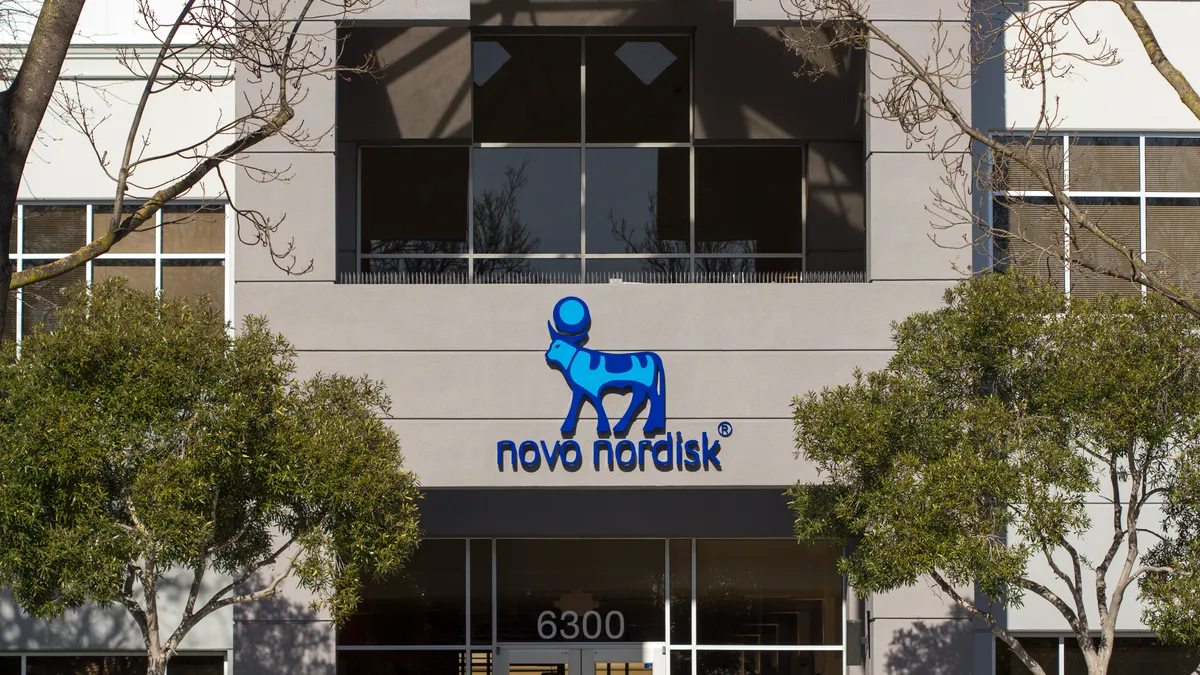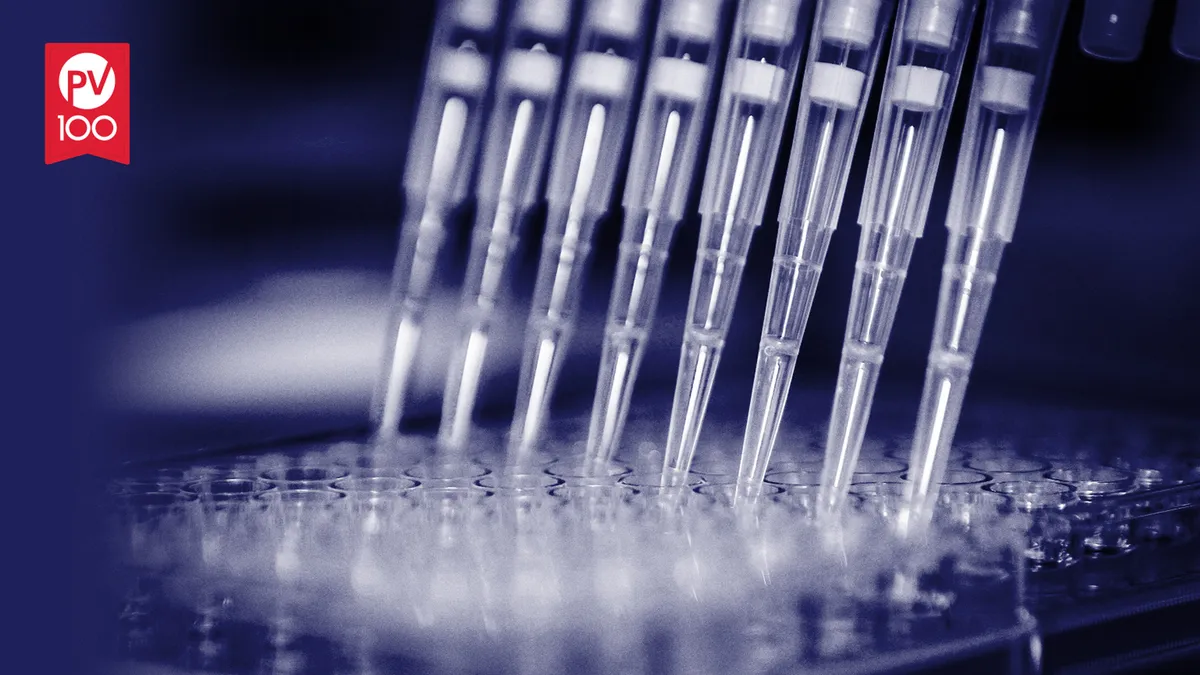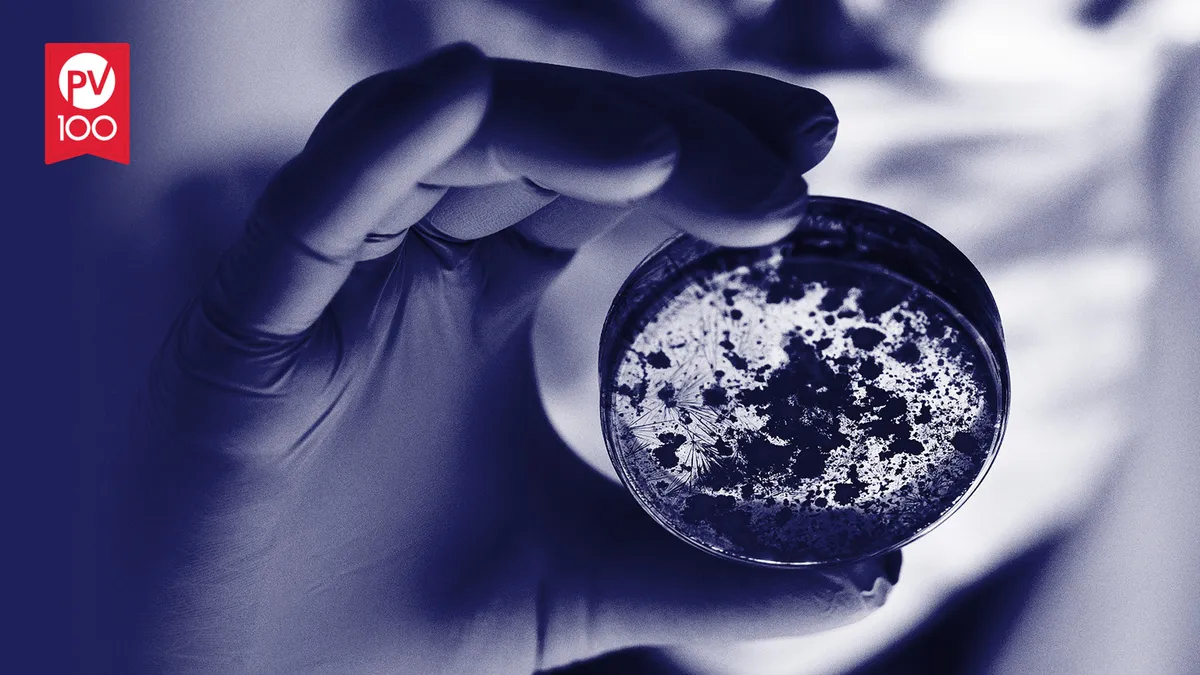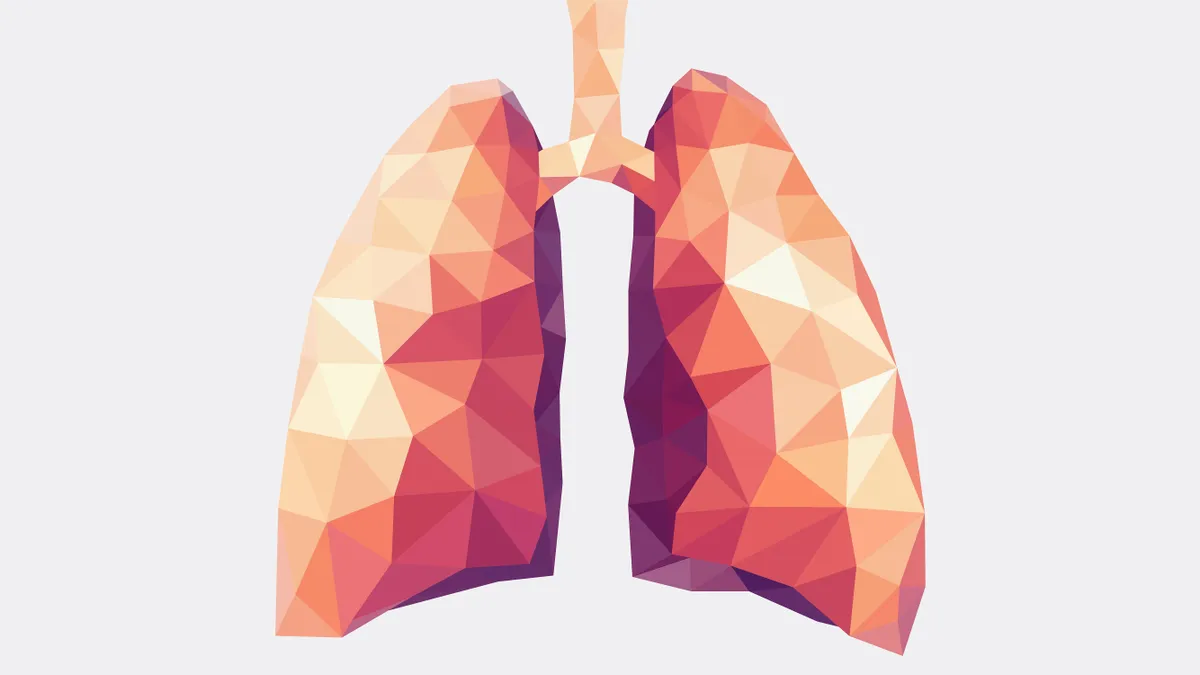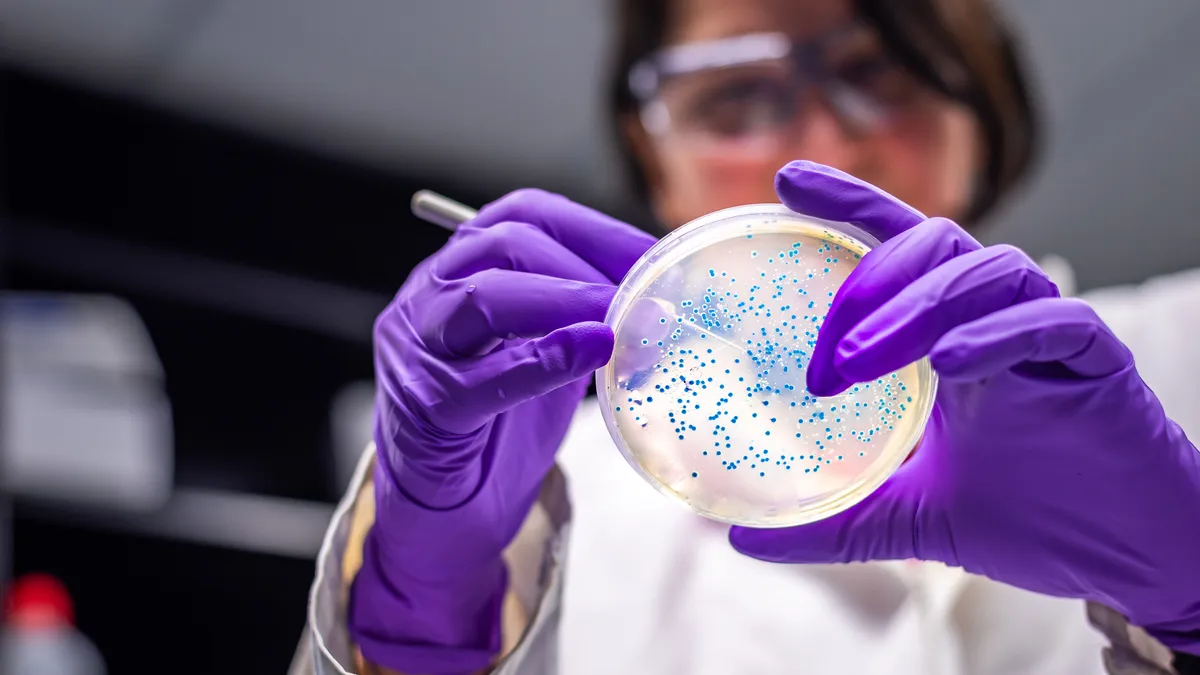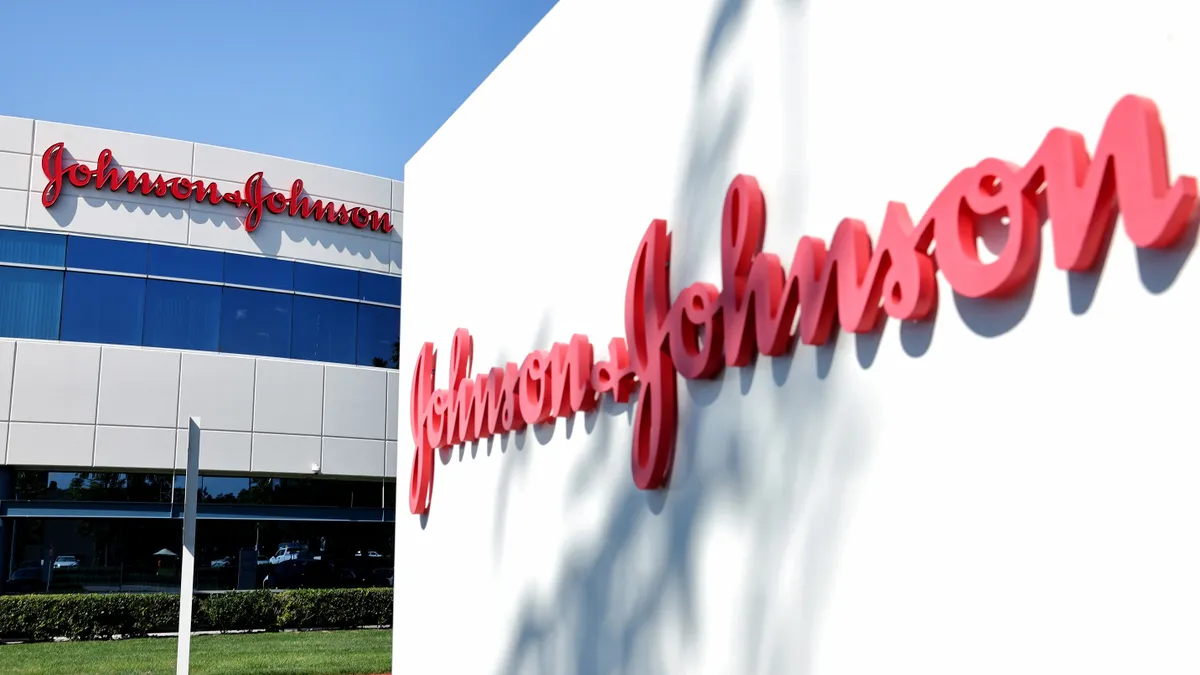Well-established companies don’t often enter the pharma market. And why would they?
The barriers to launch are enormous — from high R&D costs to regulatory hula hoops and intellectual property obstacles, the payoff is far from guaranteed.
Often, betting on a venture in pharma or biotech to stimulate growth isn’t worth the risk for successful consumer and service-oriented corporations. So, when a company does dip its toe into the life sciences, the reason usually reflects a broader industry trend with public interest, such as artificial intelligence, decreased reliance on animal models and movement toward more patient-focused clinical trials.
Over the last few decades, as the healthcare industry has seen major shifts, a number of outside companies have begun investing in the space. Here’s a look at some of the biggest names looking to increase their foothold in pharma.
Weight Watchers
Year: 2023
Reading the tea leaves of the burgeoning weight loss drug market, the popular diet company in March acquired the telehealth provider Sequence, known to provide clinical care to patients seeking weight management. The service, which connects patients to physicians who prescribe GLP-1 agonists such as Ozempic, Wegovy and Trulicity used to stimulate weight loss, adds a new dimension to Weight Watchers’ traditional food and behavior program. With the $106 million purchase, the New York-based company will claim a reasonably portioned slice of what’s predicted to be a $200 billion therapy market.
Uber and Lyft
Year: Uber 2016; Lyft 2018

When ridesharing apps entered the scene in the mid-2010s, they were major disruptors to the taxi industry. Over the last few years, they’ve also endeavored to shake up the clinical trials sector with initiatives aimed at decreasing transportation barriers that often limit patient enrollment.
Uber Health — the company’s non-emergency medical transportation division — partnered with ClinOne, a mobile clinical trial management solution, to offer patients enrolled in trials a concierge ride service to get them to their appointments. It also joined forces with the Massachusetts-based research institute Adams Clinical, which previously offered taxi rides to participants in clinical trials but was looking for greater operational efficiency. As a result of the partnership, Adams Clinical saw a 5% to 10% decrease in recruitment timelines and an almost 20% increase in trial retention rates. The rideshare company has also expressed interest in developing research partnerships around the intersection of healthcare and transportation.
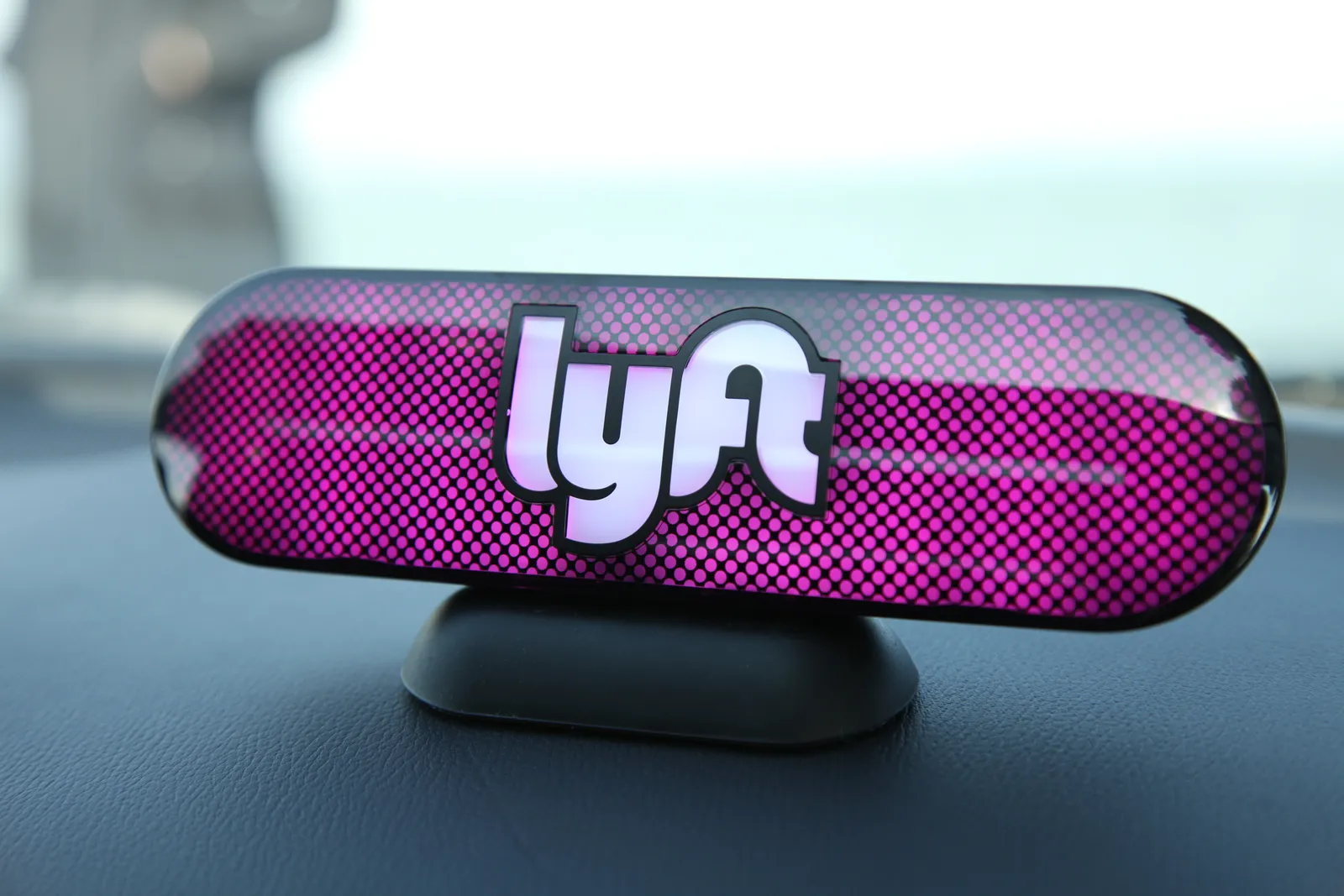
Its rival Lyft entered a similar agreement with Greenphire and ClinCard in 2018 to create an app where clinical research coordinators could book rides for site participants, track their ETAs in real-time and manage logistics all in one application. According to a survey, 94% of clinical trial sites that used the program said it helped them increase enrollment in their studies.
Nestle
Year: 2007
With the creation of Nestle Health Sciences in the late 2000s, the Swiss food and drink company sought to be a pioneer at the intersection of nutrition and drug development. Between 2007 and 2019, it acquired a number of companies key to this mission, including Novartis Medical Nutrition and Aimmune Therapeutics, a biotech developing therapies for gastrointestinal and metabolic-related diseases. The latter hasn’t panned out as well as the company hoped, with Aimmune’s FDA-approved treatment Palforzia peanut allergies underperforming sales expectations. Nestle is reportedly now looking to offload the drug, which was pegged as a potential blockbuster, from its portfolio.
But Nestle has also signed a number of licensing agreements with Seres Therapeutics — one of the leading microbiome companies — including a partnership to jointly commercialize the recently approved treatment Vowst, to prevent recurrent Clostridioides difficile infection (CDI) and commercial rights to its other investigational treatments.
Kodak and Fujifilm
Year: Fujifilm 2008; Kodak 2020
A photograph and a drug might not appear to have much in common, but the chemical processes and manufacturing technologies involved in developing film and medical treatments are actually quite similar. So when the photo industry began shifting to digital technologies in the early 2000s and Fujifilm realized its film manufacturing processes could be applied to other emerging markets, the company pivoted to include pharmaceuticals.
Now, the Japanese company has a pipeline of six drugs in clinical trials for indications in infectious disease, oncology and central nervous system conditions. Their antiviral flu medication Avigan was also being investigated as a potential treatment for COVID-19, until the company cut its phase 3 trial in late 2022, citing the emergence of new variants.
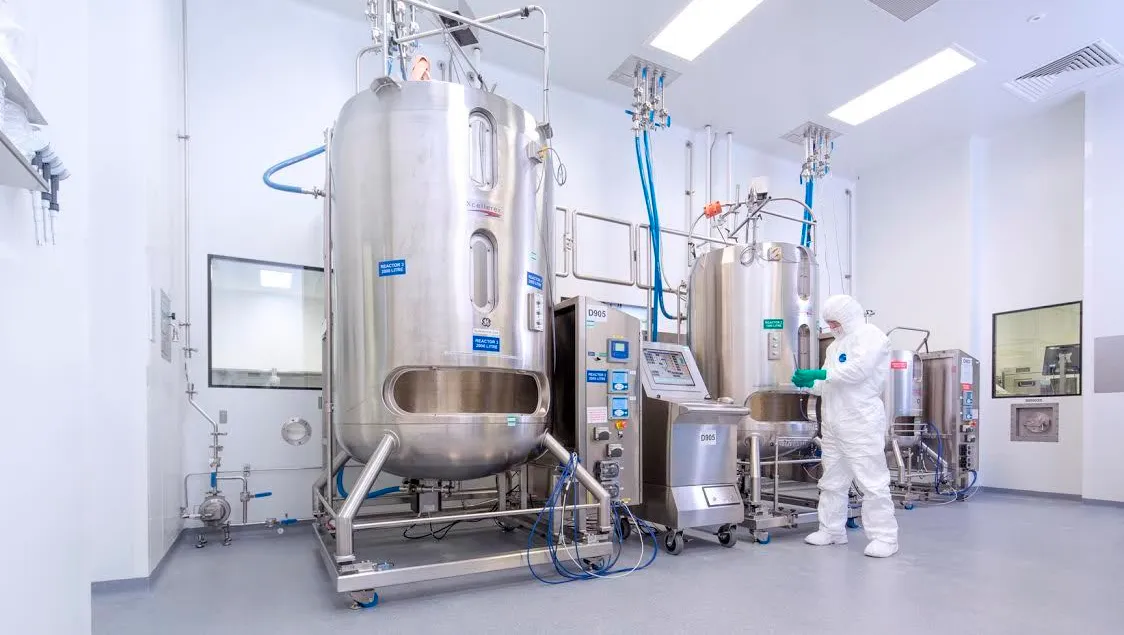
The conglomerate also has a division dedicated to producing active pharmaceutical ingredients (APIs) in both Japan and the U.S. Fujifilm Diosynth Biotechnologies, founded in 2011, manufactures APIs for antibody drugs, viral vector and recombinant DNA vaccines and supports the development of gene therapies. It’s acquired several smaller manufacturers, including IS Japan, California-based Irvine Scientific Sales and most recently, Shenandoah Biotechnology, which produces recombinant proteins used in cell and gene therapies.
In 2019, Fujifilm’s healthcare and material solutions divisions made up almost half of the company’s total revenue. And moving forward, it is looking to invest a whole lot more in the sector, with a commitment to double production capacity and spend an estimated $5.6 billion in biopharma by 2025.
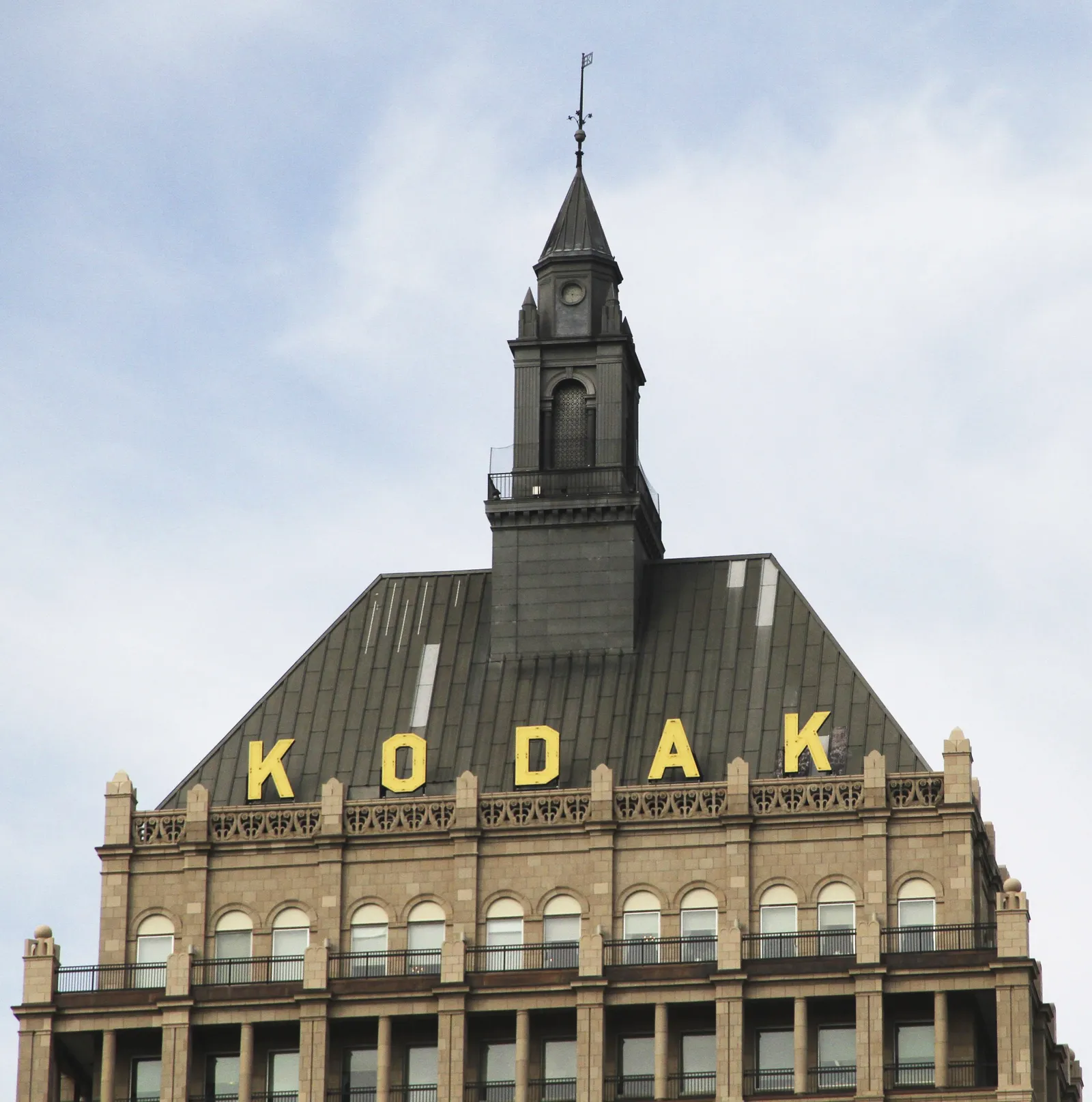
Known for creating “Kodak moments,” its U.S.-based rival was much later to enter the pharmaceutical space. The Eastman Kodak Company, headquartered in Rochester, N.Y., committed in July 2020 to begin producing APIs after the COVID-19 outbreak shed light on the need for domestically manufactured drug ingredients. Under the Defense Production Act, it was slated to receive $76 million in federal loans to convert and upgrade its manufacturing process to meet FDA compliance. But that loan was paused in 2020 and was the subject of an insider-trading investigation which led to securities and wire fraud charges earlier this year. And while Kodak has emphasized on recent earnings calls plans to update the infrastructure in its advanced materials and chemicals group, it remains unclear where in the process they are.
Amazon
Year: 2018
Amazon has infiltrated nearly every industry, the life sciences included. The megacompany first sought to disrupt healthcare with a nearly $1 billion purchase of the online pharmacy PillPack back in 2018, giving it the ability to send prescriptions across the country in its branded blue and brown boxes. In 2020, it launched Amazon Pharmacy — its digital prescription ordering service — and earlier this year burrowed further into pharma with a new generics subscription service. RxPass, as it’s called, grants Amazon Prime users the opportunity to pay an additional $5 a month for unlimited refills and free delivery of around 50 generic medications.
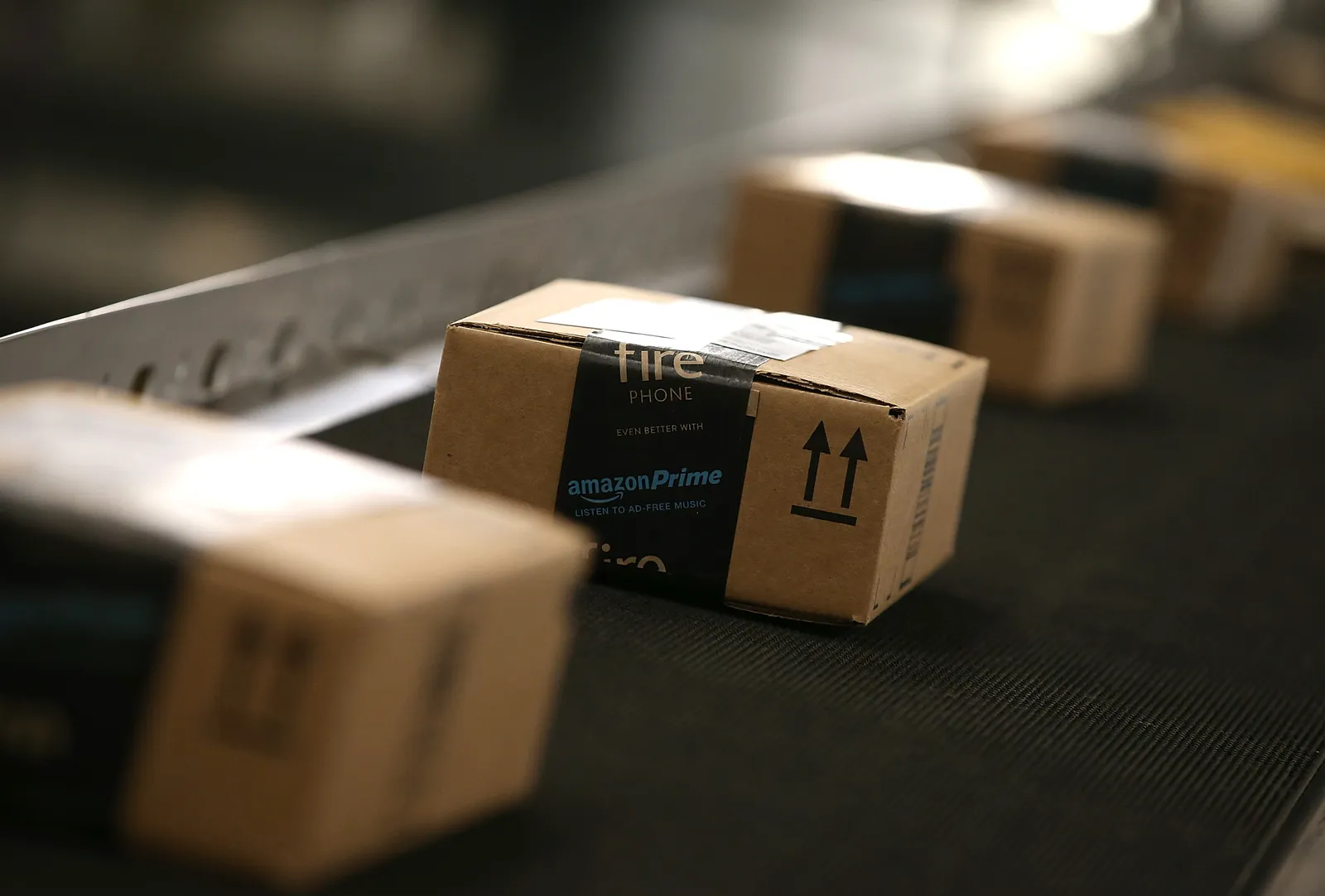
Under its Amazon Web Services subsidiary, which provides IT management solutions, it’s also partnered with pharmas including AstraZeneca, Pfizer, Merck & Co. and Teva, along with the Israel Biotech fund, to create AION Labs, a space in Israel aimed at launching early-stage drug development startups that are using AI and computational biology. Amazon could in the future look to provide its AI expertise in more clinical trials. For instance, last year Amazon worked with the Fred Hutchinson Cancer Research Center in an early-stage clinical trial of a cancer vaccine.
L’Oreal
Year: 1973
While L'Oréal has built its reputation in cosmetics and personal care, the French company has breezed into the pharma industry several times throughout its storied history. Most notably, it purchased the drug developer Synthélabo in 1973 and owned a majority stake through its merger with Sanofi in the late 1990s. When Sanofi-Synthélabo later merged with Aventis in 2004 to become Sanofi-Aventis, L'Oréal’s share in the company dwindled. As of December 2022, however, the cosmetics developer still had a nearly 17% voting stake in Sanofi.
To decrease its reliance on animal testing, the cosmetics developer also grows human skin tissue in petri dishes with a technology it acquired in the late 1990s. Although the lab-produced skin was developed for the company’s own use, L'Oréal realized the product, dubbed EpiSkin, has potential in other markets. L'Oréal now grows over 100,000 human skin tissue samples every year and sells it to other cosmetics and chemical manufacturers along with pharma companies looking to decrease their use of animals in preclinical trials.





